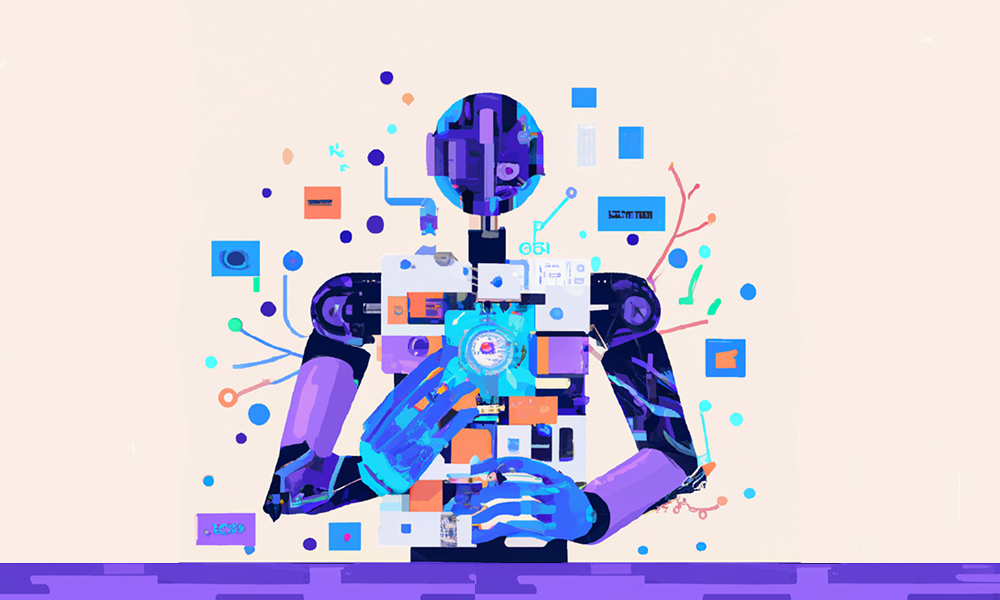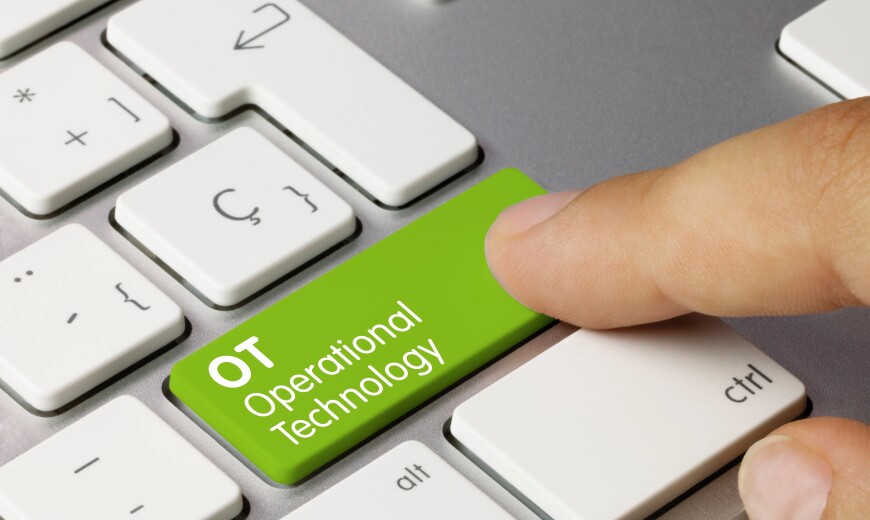Artificial intelligence (AI) has the potential to revolutionise cybersecurity by enabling organisations to detect and respond to cyber threats more quickly and accurately.
In this article, the author discusses three key use cases for AI in cybersecurity:
- Threat detection and response: AI can help organisations identify and respond to cyber threats in real-time by analysing large amounts of data and identifying patterns that may indicate an attack is imminent. For example, machine learning algorithms can be trained to recognise patterns of behaviour that are typical of cyber attacks, such as unusual network traffic or attempts to access sensitive data. When an attack is detected, AI can also help organisations respond by automating the process of isolating infected systems and mitigating the damage caused by the attack.
- Vulnerability management: AI can also be used to identify and prioritise vulnerabilities in an organisation's systems and networks. By analysing data from various sources, such as network logs and security assessments, AI can help organisations identify vulnerabilities that may be exploited by cyber attackers and prioritise them for remediation. This can help organisations allocate their cybersecurity resources more effectively and reduce the risk of a successful attack.
- Compliance and governance: AI can also be used to help organisations comply with cybersecurity regulations and standards. By analysing data from various sources, such as security assessments and network logs, AI can help organisations identify areas where they may be non-compliant and suggest actions to take to address these issues. This can help organisations stay compliant with cybersecurity regulations and reduce the risk of costly fines or penalties.
Overall, AI has the potential to significantly enhance cybersecurity by enabling organisations to detect and respond to cyber threats more quickly and accurately. By leveraging the power of machine learning and other AI technologies, organisations can better protect their systems and data from cyber attacks and reduce the risk of a successful breach.






